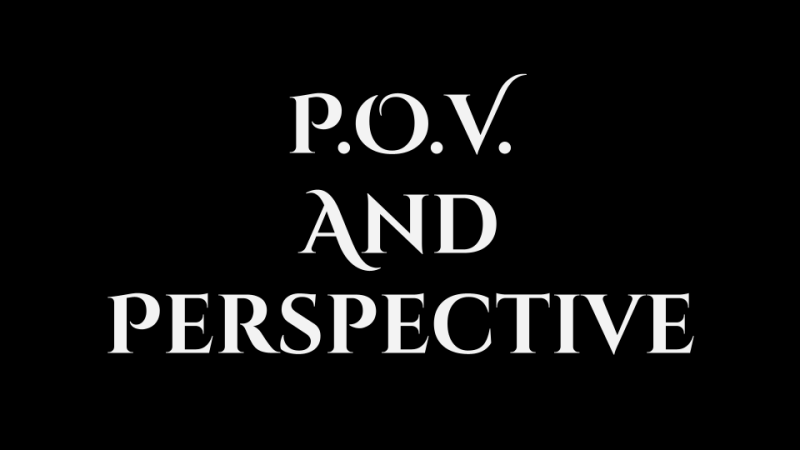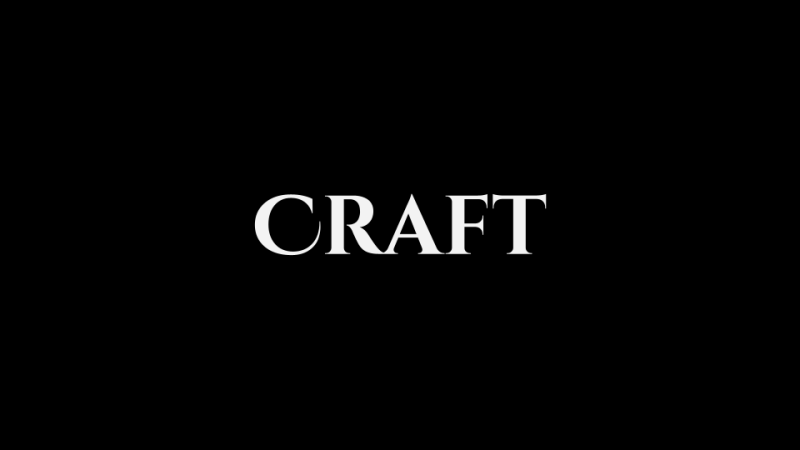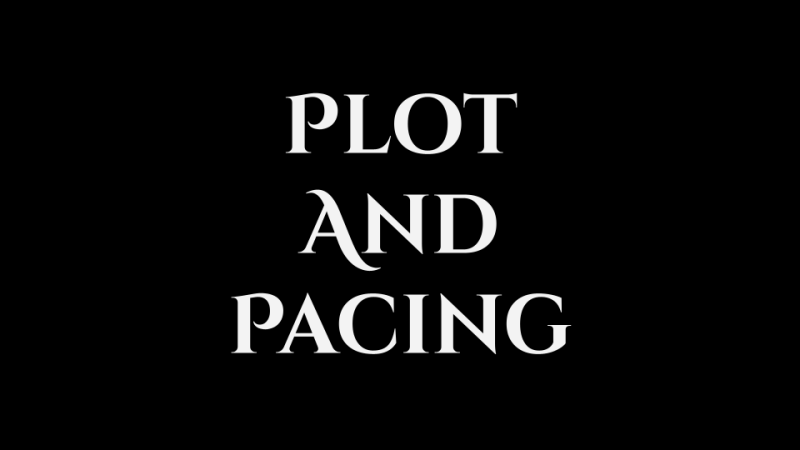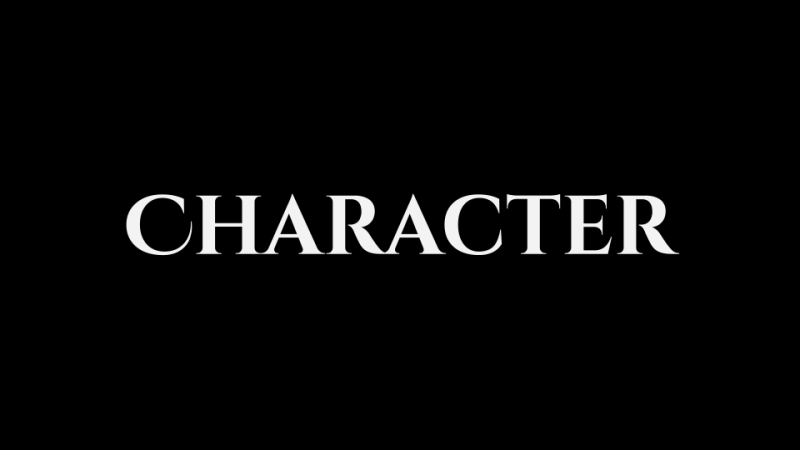Writer's Tasks

The book that you choose is bound in emerald green leather. The pages are thick, weighty with stories to be shared. On the first page it reads:
"Great stories happen to those who can tell them."
--Ira Glas
Writing and the craft of writing is something that can be practiced and learned. We have natural abilities and inclinations towards stories and storytelling, but when we develop those necessary building blocks, when we understand the components and what comes with each part, our stories have a better chance of reaching the world.
Today you must begin this journey towards if not mastery, then practice. All great stories are formed from building blocks that are made up of the components below. Each component will require you to take on new challenges and practice new skills, all of which will need to be collected into your Writer's Portfolio. I suppose that means you should begin with creating your Writer's Portfolio. Then, move on to the tasks.
Within each section, you must complete two of the tasks and add the corresponding work to your Writer's Portfolio. If you want to do more than two, please feel free to do so!

Before you begin:
This portfolio is where you will collect your writing, both finalized pieces and your various writing activities.
Your organization should be clear to me and I should be able to access your writing easily.

In this task, you will learn to use the five senses in your writing. You'll identify scent, sight, sound, taste, and touch to make your readers feel as if they were in the writing.
Point of View can completely and utterly change the structure of your story. Perspective, and choosing the write voice for the story, can make or break your story.


Follow the above link to the dialogue page and complete the activities to practice developing an ear for dialogue.
Make sure you add your tasks to your writer's portfolio.
What is the writer's craft? How does one go about developing it? Is it something innate that you are born with or is it something that you can develop with practice?
As you explore craft, please add to your Writer's Portfolio.


Plot is much more than the simplistic plot arcs that we were taught in elementary school, but how do we move beyond what we know and into true plot development? And, as for pacing, how do we know when our story is moving at the right speed? These are the questions I hope you will explore as you learn about plot and pacing.
Follow the link and begin the art of building character.
Remember, as you go, you must also be developing your writer's portfolio.

Create Your Own Website With Webador